The cruel experiment behind the emergence of behavioral therapy (9 photos)
Even in 1920, what psychologist John Watson did was as unethical as it gets. But it was with “little Albert” that the path to one of the most effective areas began - cognitive behavioral therapy. 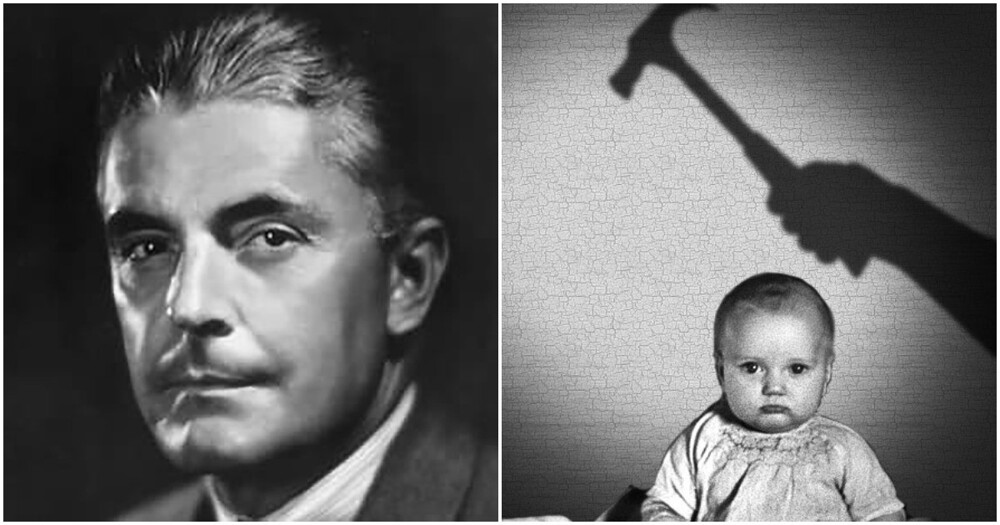
John Watson was born in 1878 in South Carolina. His mother was a fanatically religious woman, and his father at first pretended to be the same, but when John was 13 years old, he could not stand the endless sermons and ran away. On the same day, my mother showered curses on my father, and from now on a strict taboo was placed on his name.
This event left a huge mark on Watson. And not the divorce itself as such, but precisely the transformation of memory that happened to the boy when his mother completely devalued his entire childhood. He had to hate his father, but he categorically did not want to give himself to the church, as his mother demanded. 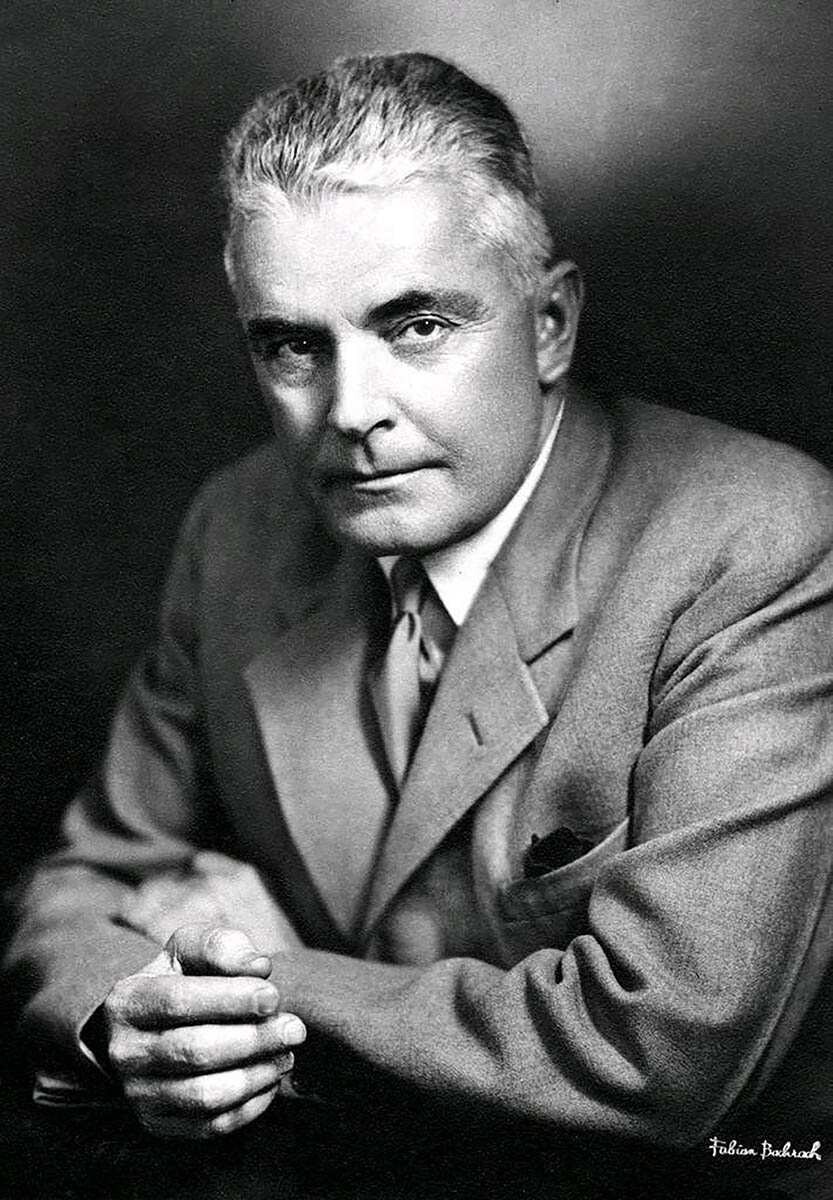
John Watson
After high school, the future father of behaviorism first went to college, where he received a degree in psychology, and from there he went to the University of Chicago to study philosophy. There he quickly realized that philosophy was not interesting to him and decided to study biology, physiology and anthropology. It was there that John saw the future of psychology.
In 1930, Watson defended his dissertation (the topic was experimental learning of animals). The mother, with whom he kept in touch, forced John to marry a decent girl, and after the wedding he completely went into science. Ten years later, his work “Psychology through the Eyes of a Behaviorist” was published, and thus he consolidated a new direction in science. We will not go into details of this area here; there are plenty of materials on behaviorism on the Internet. In short, the formula is: stimulus - response.
John Watson's career was going uphill, his work was appreciated and after a couple of years he was invited to head the US Psychological Association. He agreed to lecture at Hopkins University on the condition that he be provided with his own laboratory. 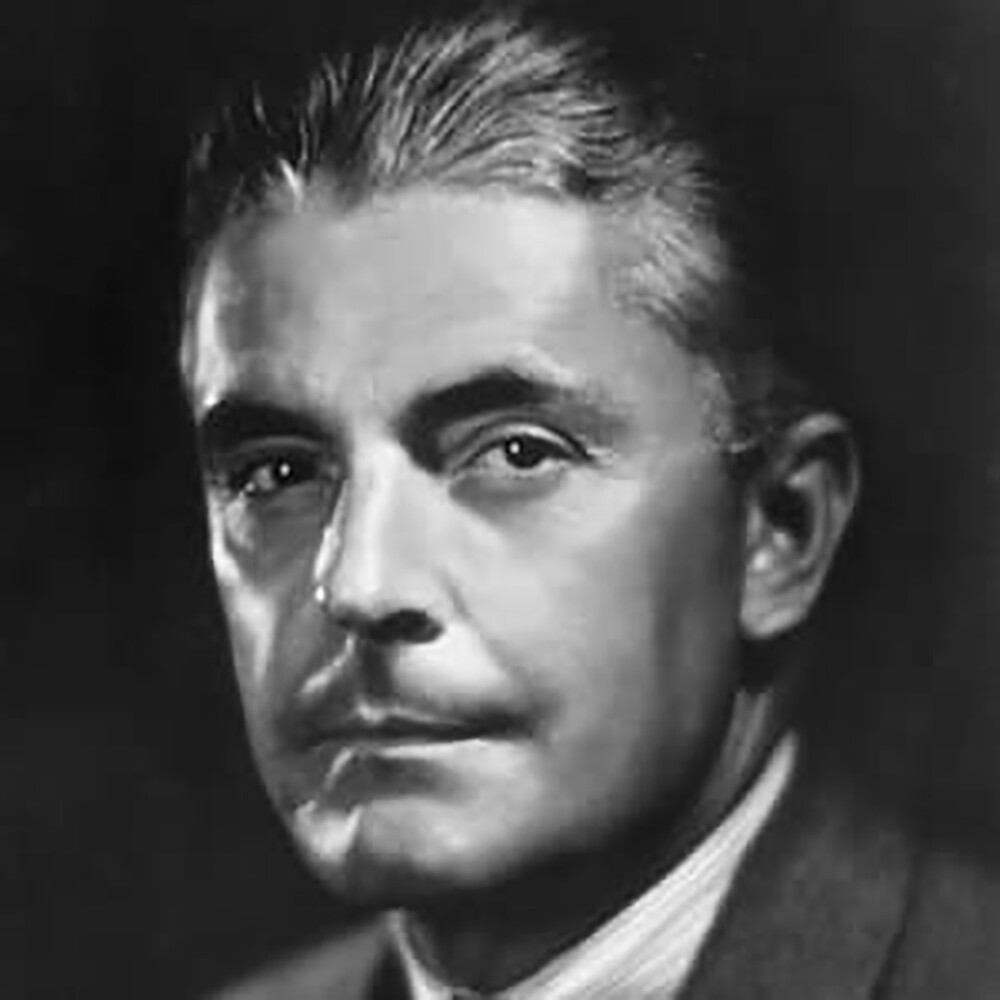
The students were delighted with the handsome teacher, who so sincerely loved his job. The students immediately fell in love with their professor. One of those who fell in love with Watson was Rosalie Rayner, a pretty and eccentric girl from a wealthy family. At the same time, she absolutely did not want to get married and adhere to the rules accepted at that time: to be a good girl, know how to embroider and play the piano, and then find a successful match in order to bear children for her husband. Rosalie was eager to learn new things and became particularly interested in psychology.
A couple of weeks after Rosalie began listening to Watson's lectures, he offered her a job as an assistant in his laboratory. The student was absolutely happy and was passionate about behaviorism and the professor himself.
Search for test subject 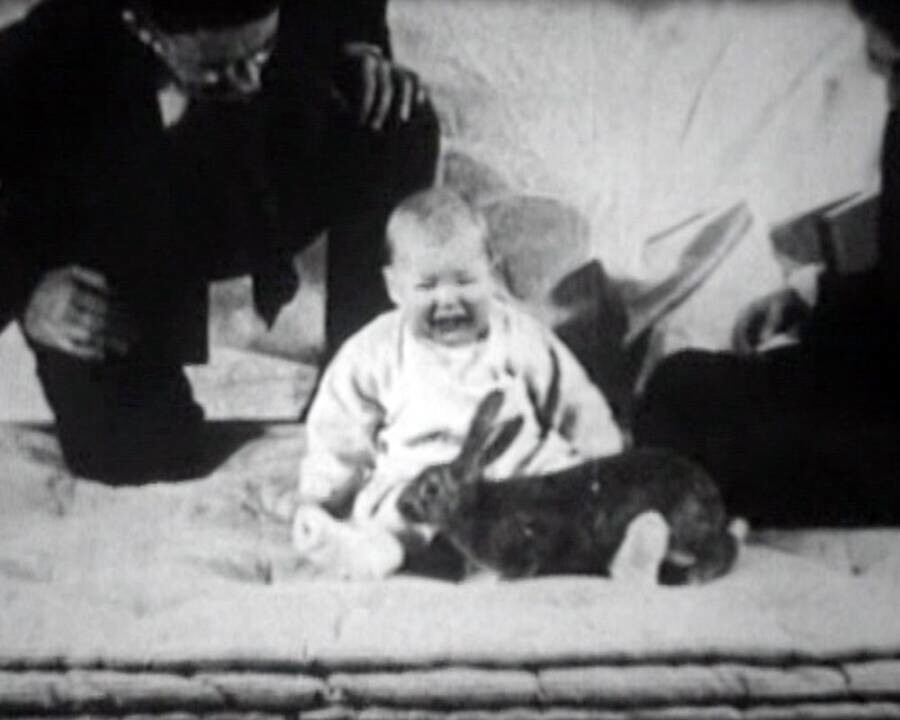
Watson has long noticed that children are afraid of things that scare adults. The children were not afraid of rats, snakes, heights or other such common fears. But the loud noises really scared the kids. Watson concluded that most phobias do not come from nature, but from experience. John respected Pavlov and decided it would be a good idea to conduct a classical conditioning experiment on some child. All that's left is to find the child.
Rosalie and John went to the hospital where they were offered an 11-month-old baby (some say nine months), whom the pair of researchers named Albert. They were not at all interested in where this child came from, only his development and health were important. Most likely, it was either the baby of one of the employees, or the mother left him there for a short time in order to move to another city and settle down, and then return for the child. Albert was a calm and sociable boy, he willingly spent time with John and Rosalie, and he greeted the appearance of a live white rat with wild delight.
How the experiment went 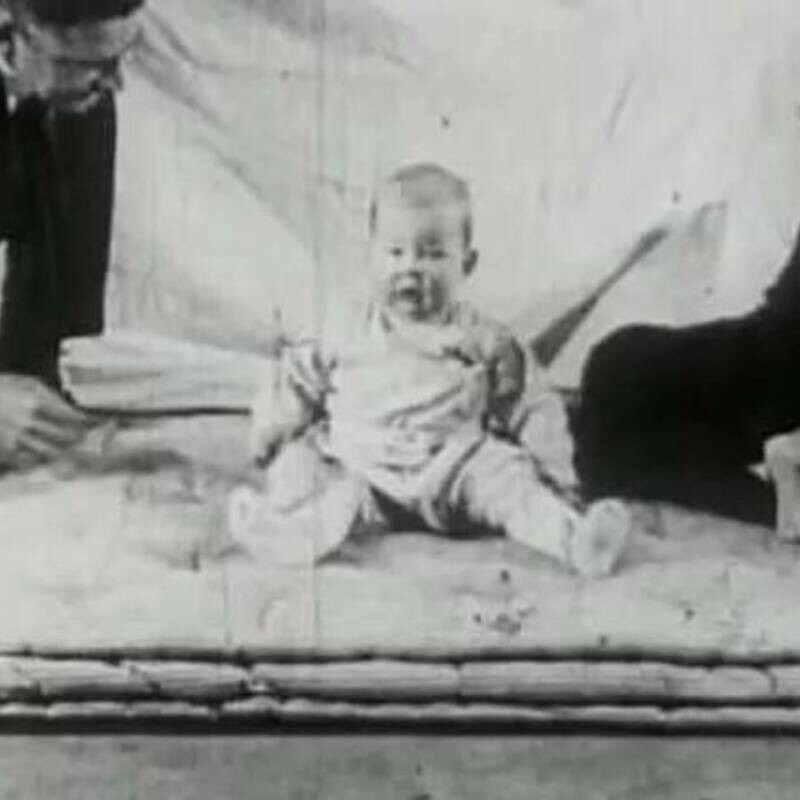
First, Albert was seated in an empty room and several fluffy and white inanimate objects, a live white rabbit and a live white rat, were placed in front of him. For some time, the child calmly played with everything that was offered to him, but he still gave preference to the rat, because it ran funny and responded well to the baby.
Then Watson placed an iron plate behind Albert's back, picked up a hammer and stood there. Rosalie laid out the usual set in front of him,but as soon as the baby took the rat in his hands, Watson hit the plate with a hammer. The sound scared the child into hysterics, which they could not calm down for an hour. And then it all happened again. Once again. And further. All this continued until, at the sight of a white rat, Albert fell into terrible hysterics. 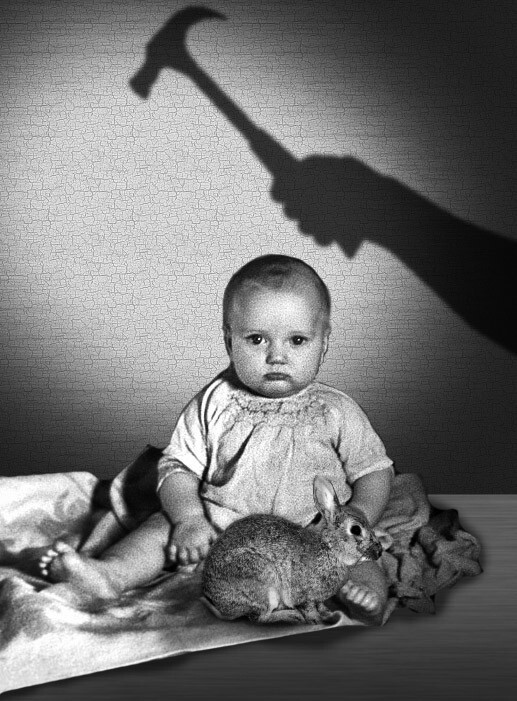
A few days later, they decided to repeat the experiment and Albert fell into severe hysterics at the stage of laying out objects in front of him, when it was the rat’s turn. Watson rejoiced: well, the effect not only does not disappear with time, but also becomes even stronger. Fear intensifies without additional stimulation.
While scientists excitedly discussed the results of several days of the experiment, Albert was taken from the hospital and it was not possible to continue the tests. Watson stated that in a couple of days he planned to remove the ingrained fear that he “gave” to Albert. These were obvious lies, because according to science it was supposed to find out how long the developed fear would last. This was already done by his followers, who found out that if you try from the heart, it will last forever.
What happened next 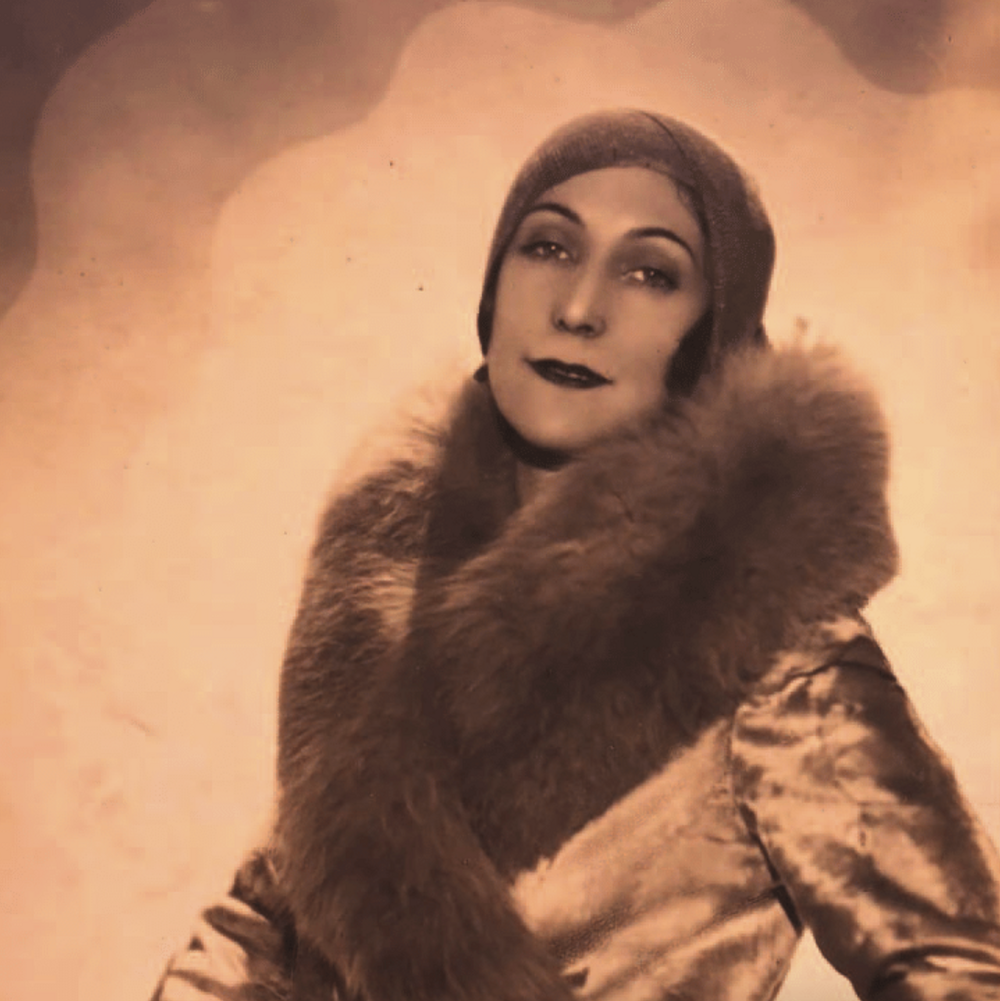
Rosalie
After describing the experiment in the article, Watson began traveling around America giving lectures, where he talked about how promising behavioral therapy was. And during their work together, a stormy romance broke out between Rosalie and John, implicated not only in feelings, but also in devotion to a common cause. Watson left his virtuous wife and began living with a student assistant, which not only his wife and her parents did not like, but also the university administration. It is worth mentioning that Rosalie's wealthy parents were one of the main investors in the university. The scandal was enormous, and when it turned out that the couple was going to legalize the relationship, they were both asked to leave, emphasizing that the girl could focus on her family, if she really wanted to.
John Watson, as they say today, was “cancelled” everywhere: he was fired from all his posts, he was not invited to teach, and scientific articles were not published.
Together with Rosalie, he moved to New York and began working in a modest advertising agency.
The couple did not live together long, but quite happily. Rosalie Rayner bore him two sons, honestly tried to do science, but she was “canceled” along with John. They laughed at her attempts to leave a mark on science, not only by her male colleagues, but also by her enlightened friends. John sincerely tried to help her, but only made the situation worse. All her life, Rosalie was considered just an assistant who jumped out to marry her professor. 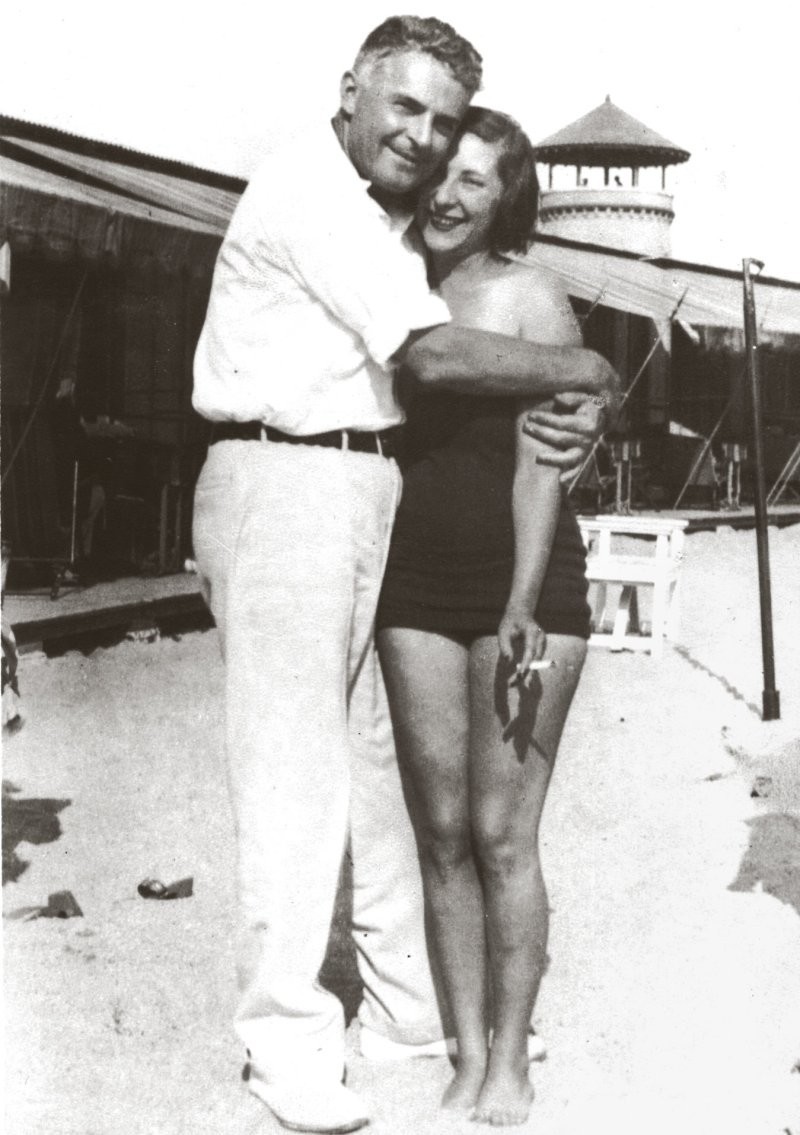
John and Rosalie
Over time, they began to participate in experiments related to curing children of fears using the same Pavlovian system. There was a successful experiment with a boy who was terribly afraid of rabbits. A cage with a rabbit was placed at a distance of six meters from him and a box of goodies was placed at the same distance. The closer the child came, the closer the sweets were to him. "Come on, Peter, follow the rabbit!" - the experimenters encouraged the boy. As soon as Peter, gathering his will into a fist, touched the animal, he immediately received candy. Over time, the phobia completely went away, and this despite the fact that even pictures with rabbits and any mention of them drove him into horror.
What about Albert? 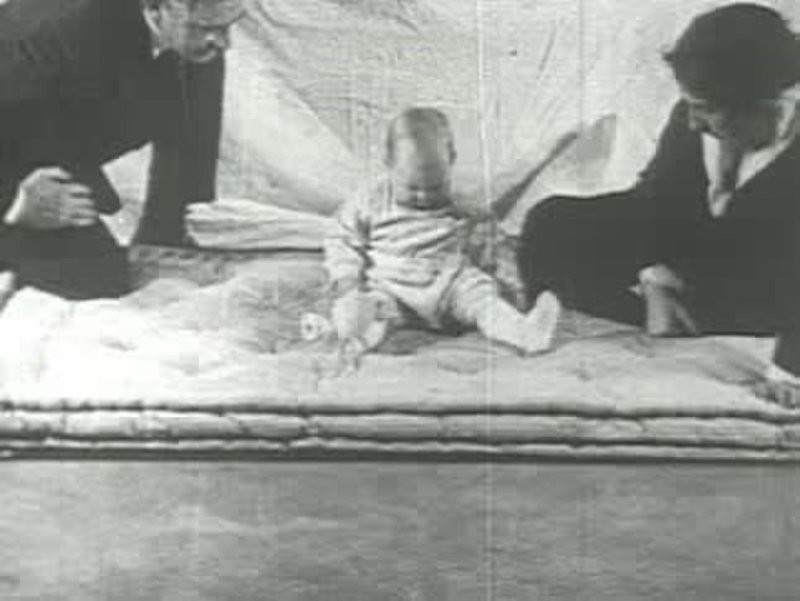
In addition to Watson's accusations of harassment in the workplace, there was constant discussion surrounding his experiment with Albert. The kid did not understand that he was participating in an experiment, he did not understand what was happening, and the result certainly could not improve his life. Neither Rosalie nor John ever saw Albert again or knew what happened to him next.
In 2009, an article was published where two psychologists claimed to have figured out who Albert was. In reality, his name was Douglas Merritt and he had serious health problems. He died of hydrocephalus at the age of six. The wave of discussions arose again. Watson was accused of taking a non-standard child for the experiment. Someone who was completely far from science even blamed him for the baby’s death.
But several years passed and it turned out that it was not Douglas, but William Barger, who was born in the same hospital, only a few days apart. William, as research has shown, lived quite a joyful life, but hated all domestic animals, especially dogs and... rats. William's kind-hearted relatives were terribly amused by his fear of dogs. Almost every one of these relatives had a dog. Animals camethe axle was locked when William came to visit.
The dubious and cruel experiment conducted by John and Rosalie nevertheless became the start of the development of behavioral therapy. Many techniques have been created that still help in solving a variety of mental problems. Phobias, fears and panic attacks are best treated in this way.






























